Back to Strategy & planning
Risk Assessment templates
Miro's risk assessment templates help you identify and manage risks effortlessly. Whether you're planning, analyzing, or mitigating, these templates provide a clear structure to evaluate potential challenges, prioritize actions, and ensure successful outcomes.
35 templates
Risk Matrix Template
2 likes851 uses
Risk Assessment Template
0 likes147 uses
Risk Management Planning
9 likes52 uses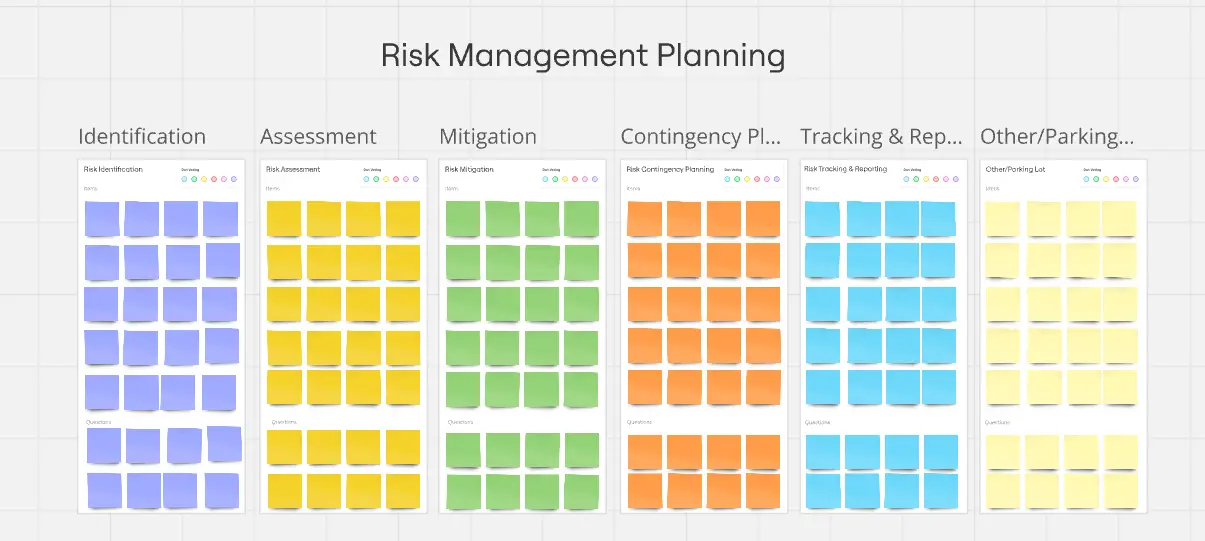
Risks and Mitigations
250 likes3.3K uses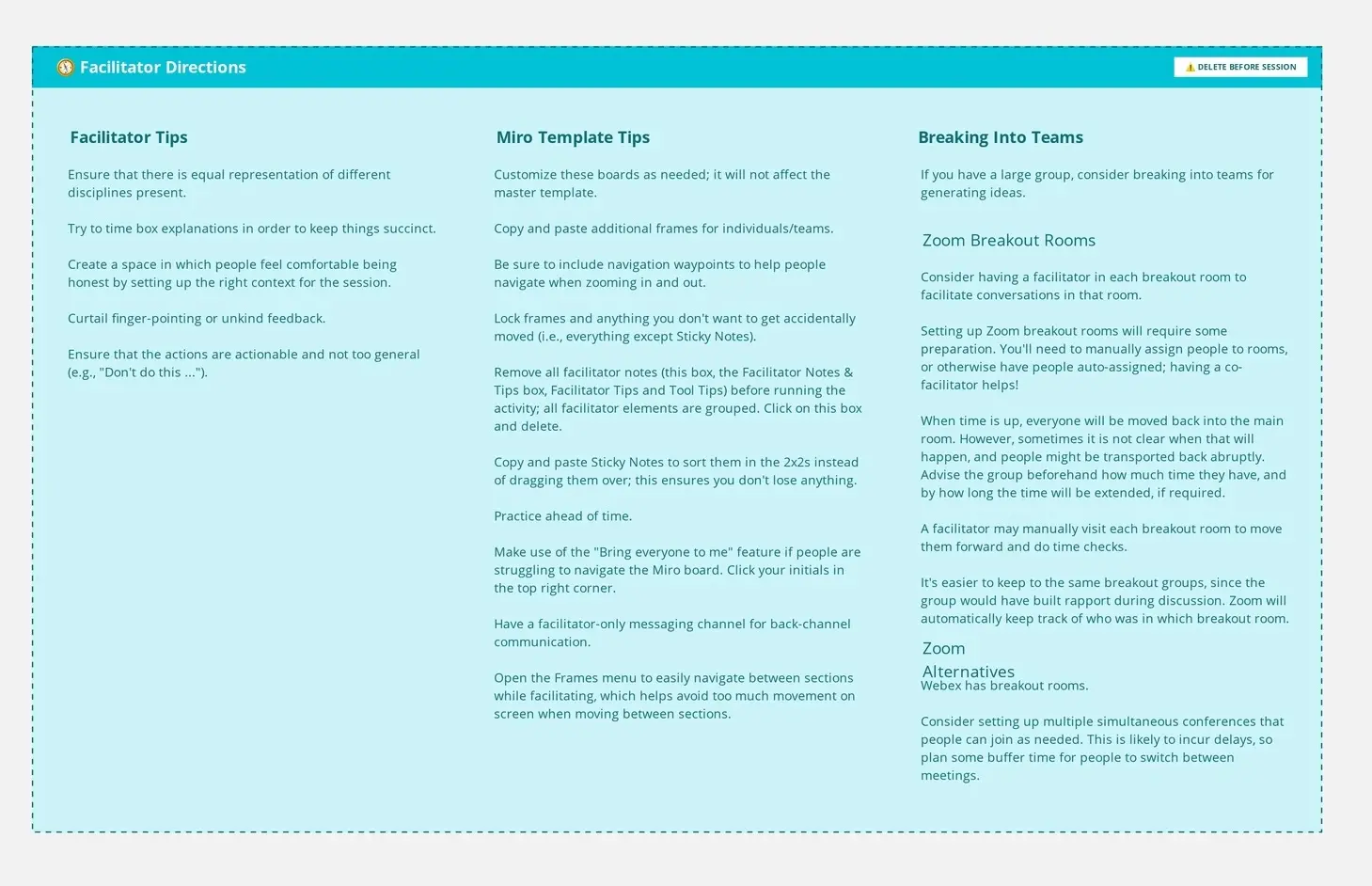
Self Assessment Career Progression
378 likes1.8K uses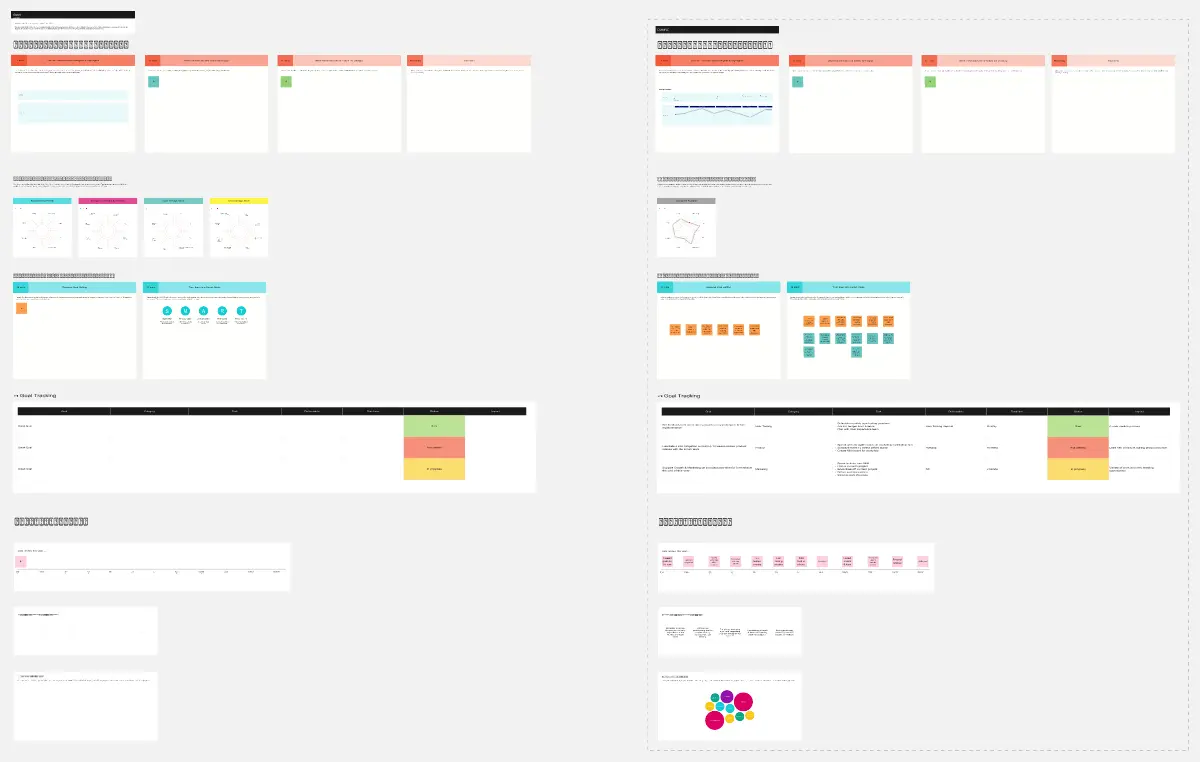
Risk Heat Map
92 likes1.7K uses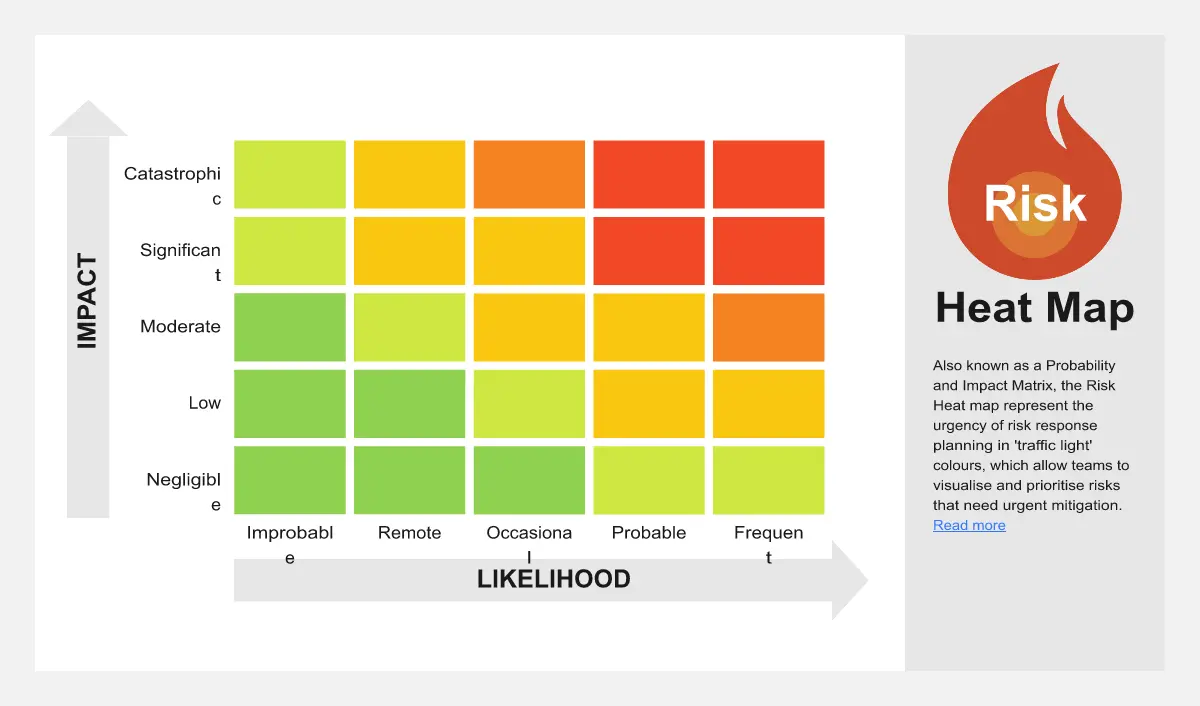
Agile Maturity Assessment
97 likes1.2K uses
Risk Matrix Template
2 likes851 uses
Scrum Values Assessment
94 likes547 uses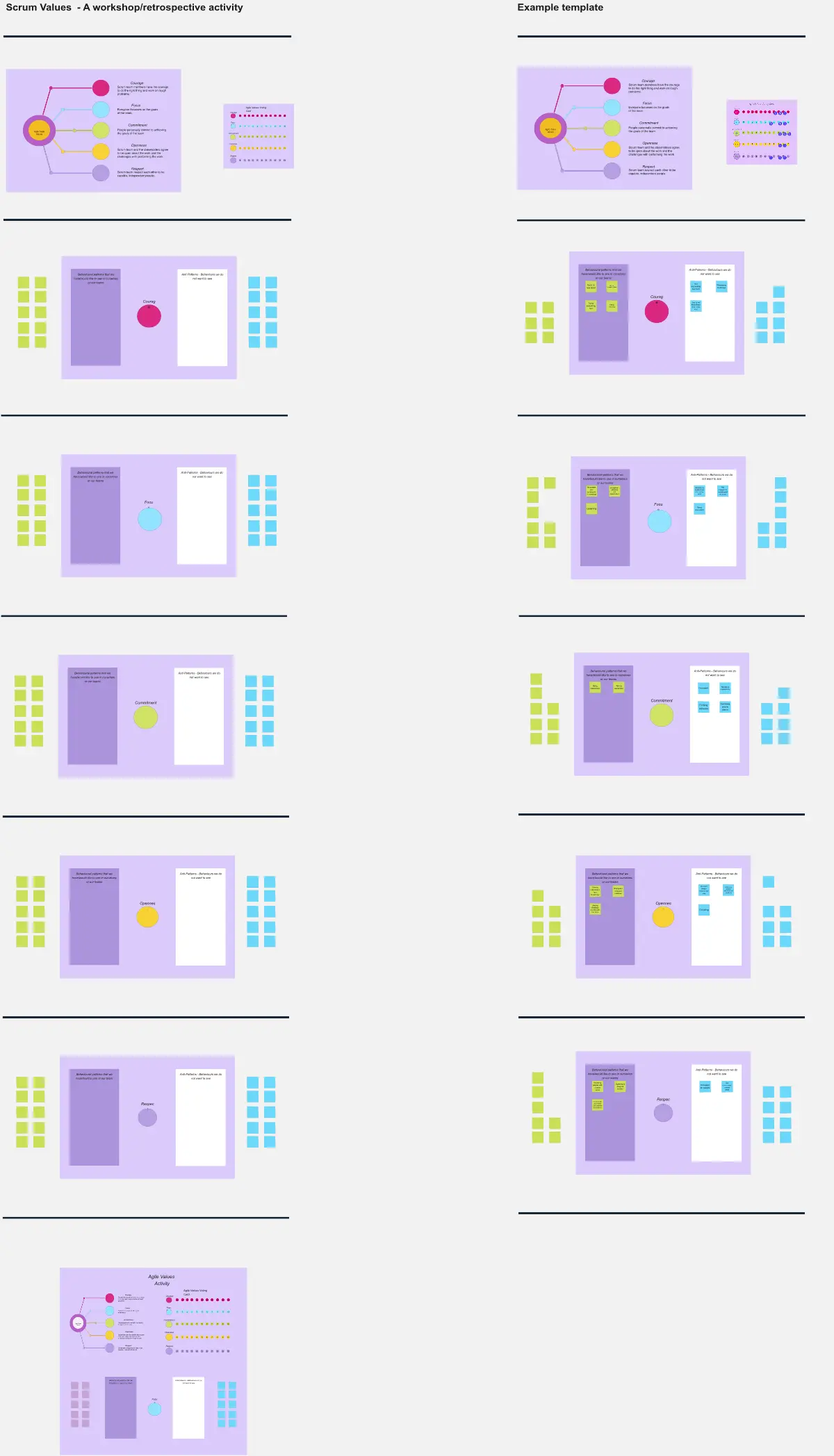
Risk Storming and Pre-Mortem
42 likes517 uses
Team Self-assessment
104 likes503 uses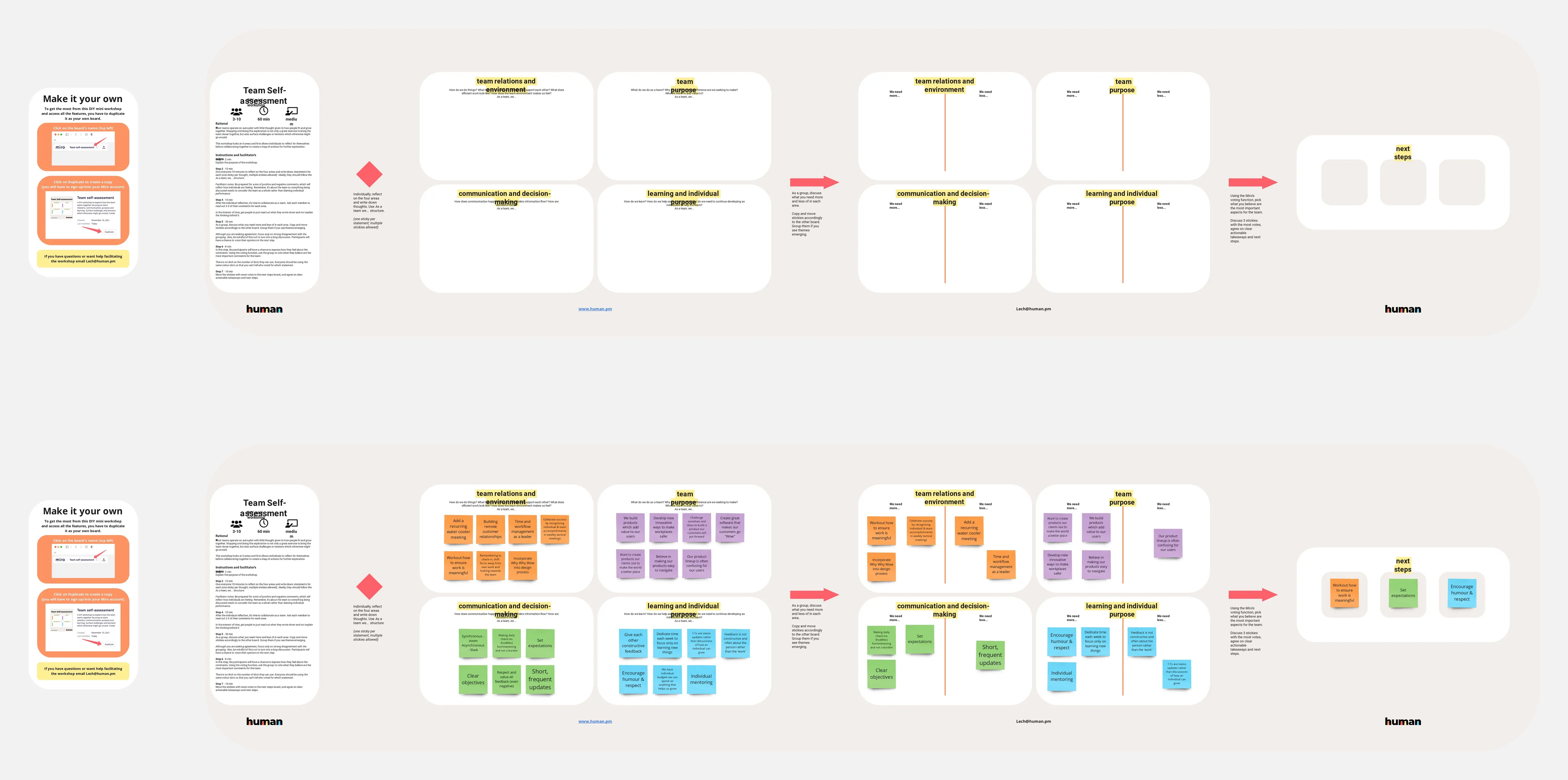
Impact Materiality Assessment
17 likes370 uses
Impact Assessment
53 likes361 uses
Risk Assessment Template
29 likes306 uses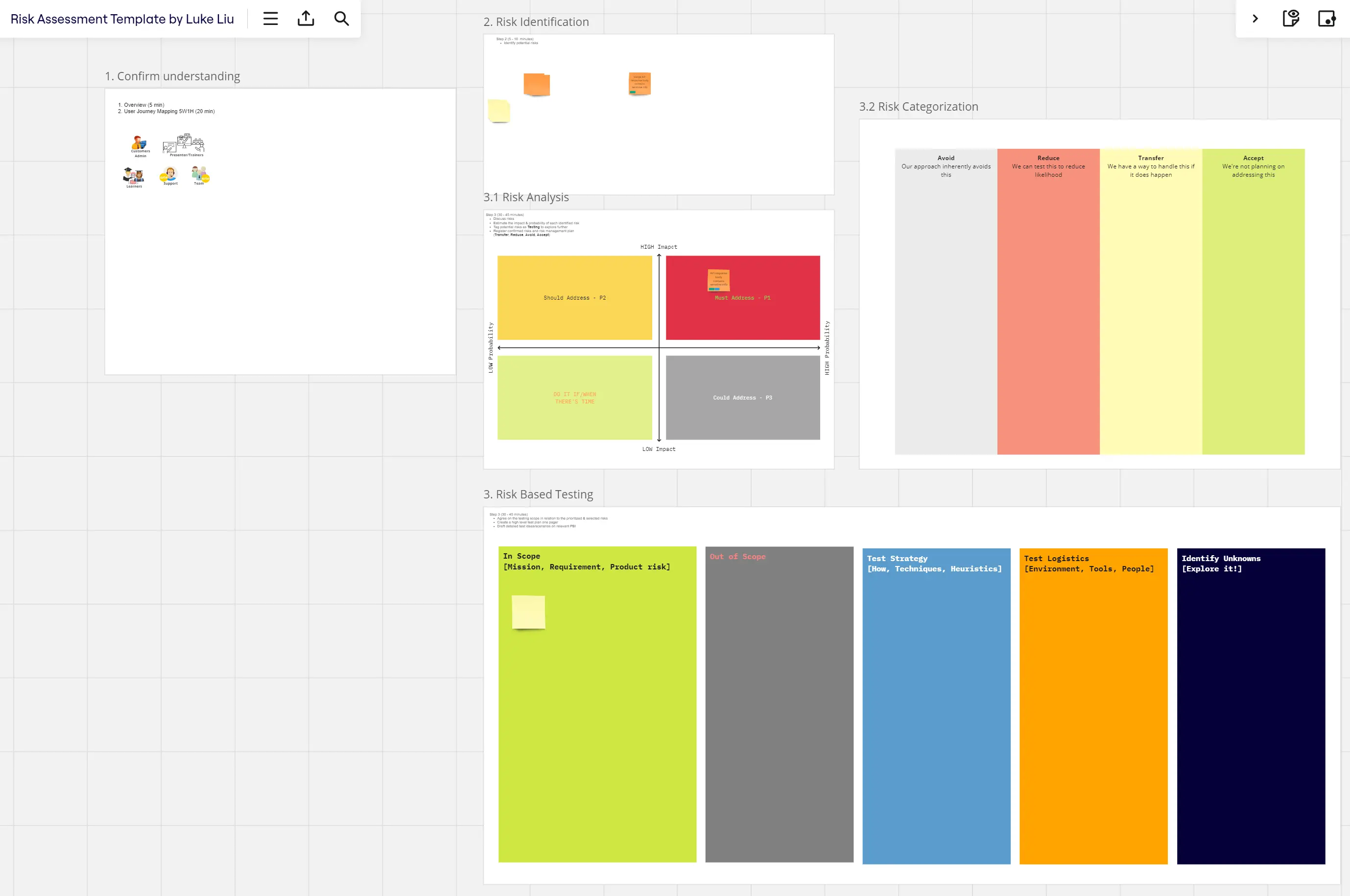
EBM Metric Assessment
33 likes246 uses
Self-Assessment
63 likes195 uses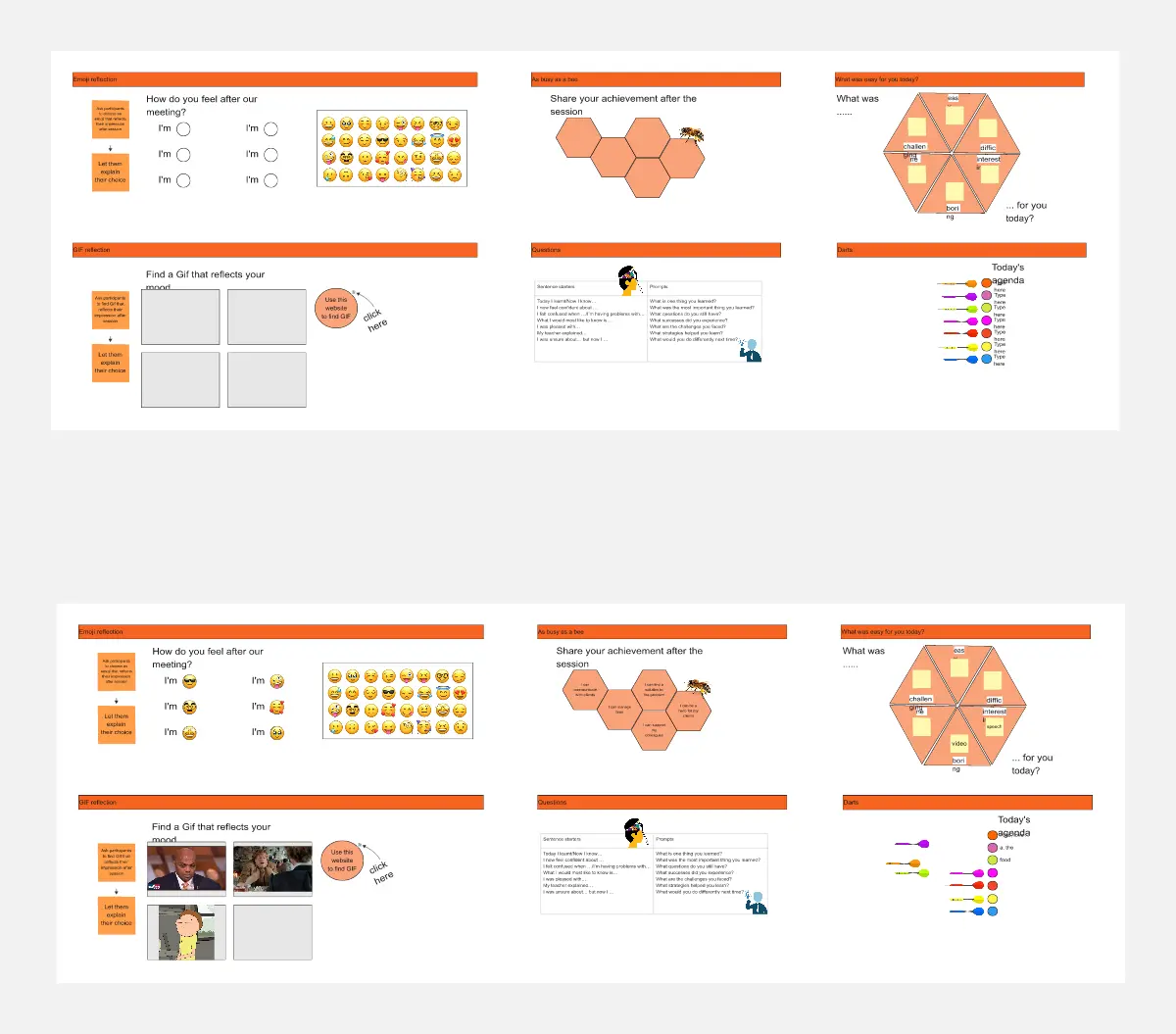
Operating System Assessment
53 likes183 uses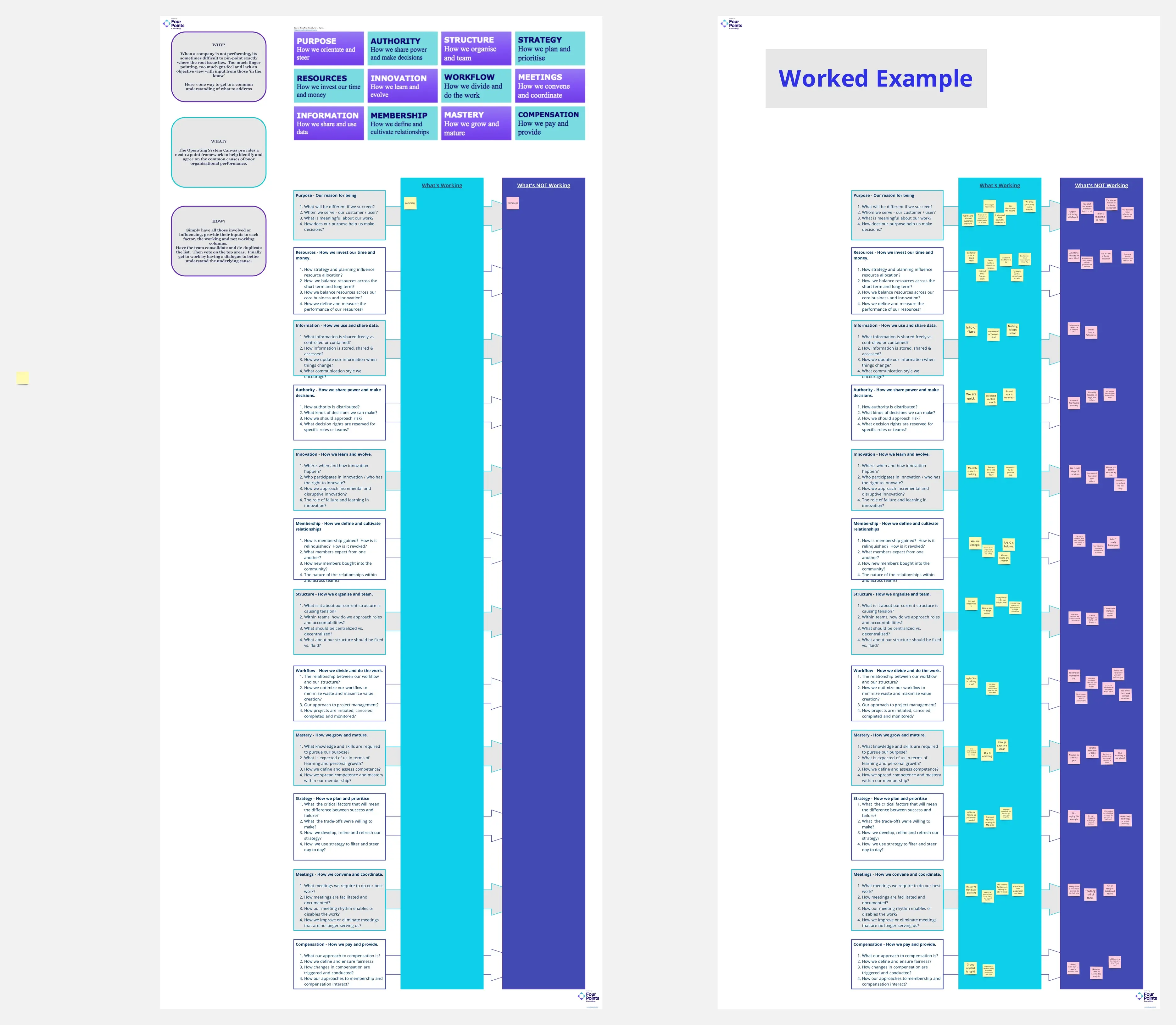
Risk-Storming - Getting Started
23 likes164 uses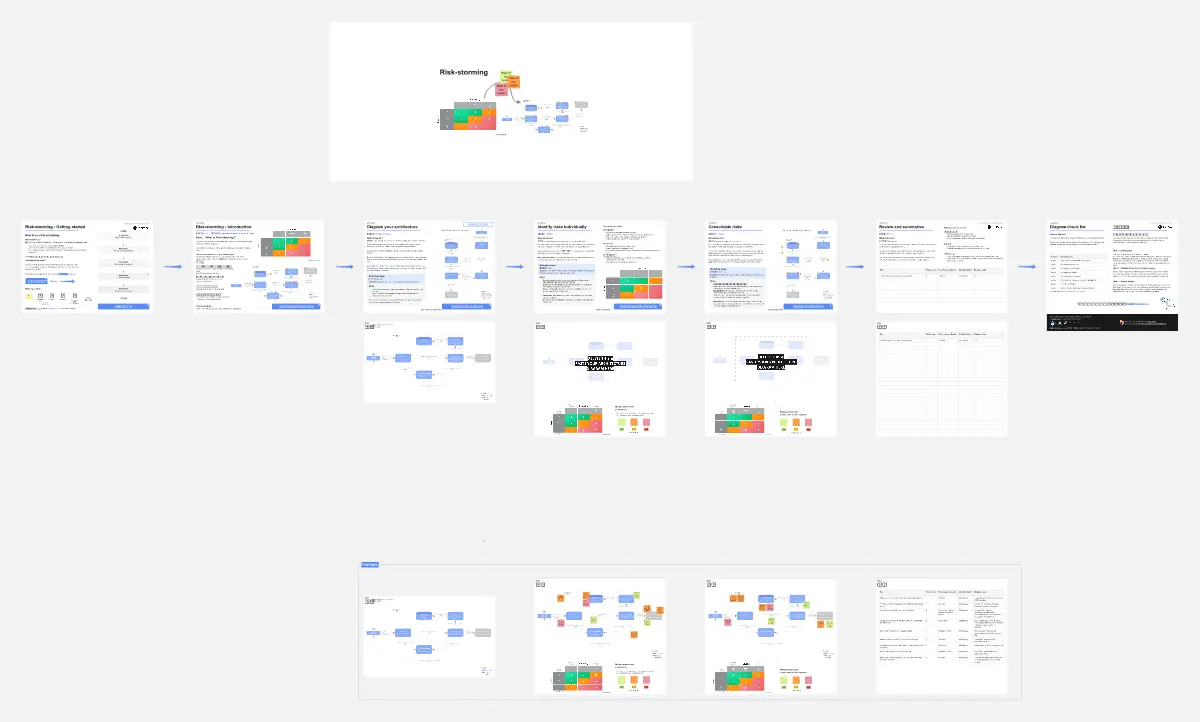
PESTEL - Risk and Opportunity
36 likes157 uses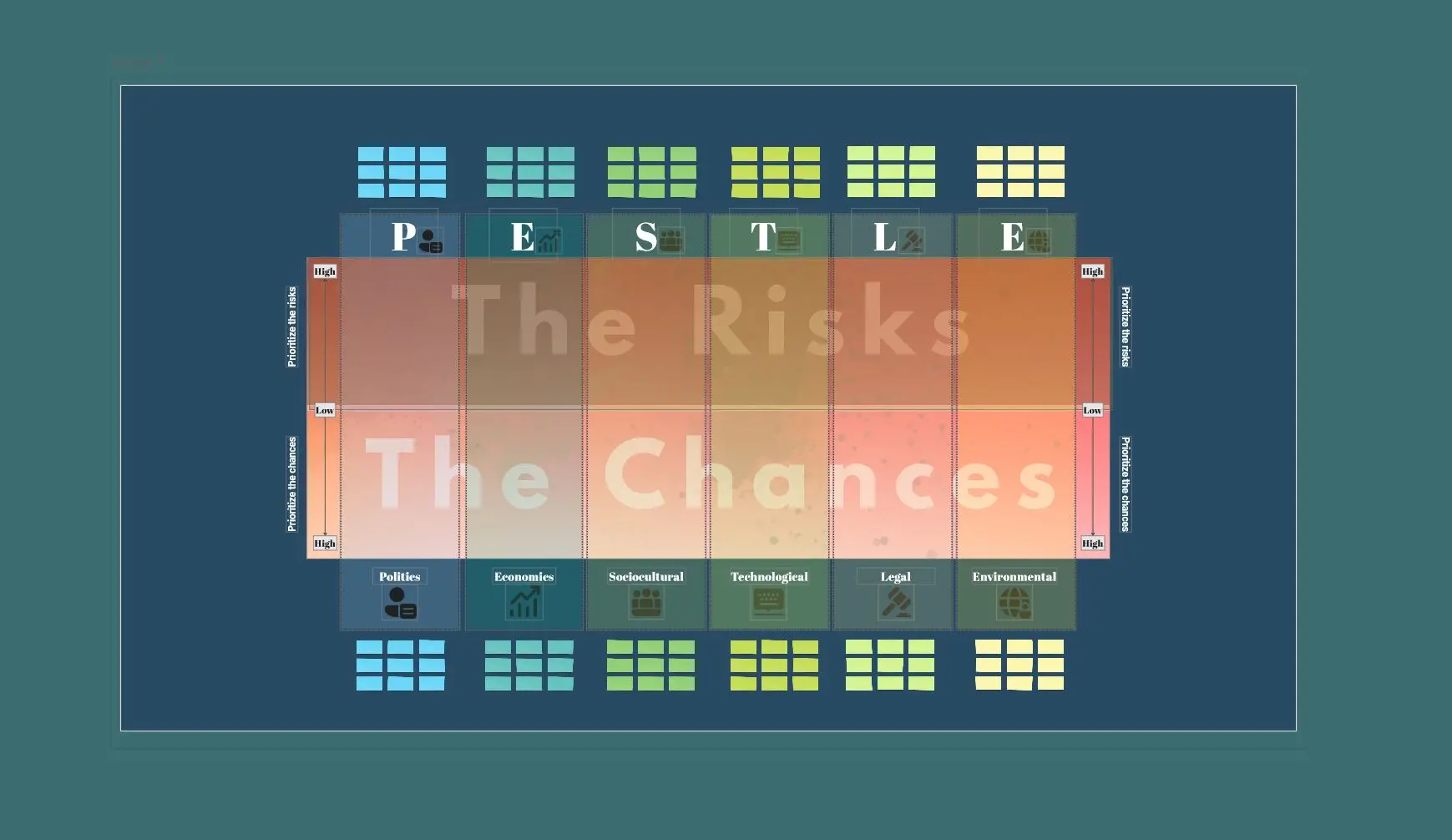
Meeting Health Assessment
54 likes150 uses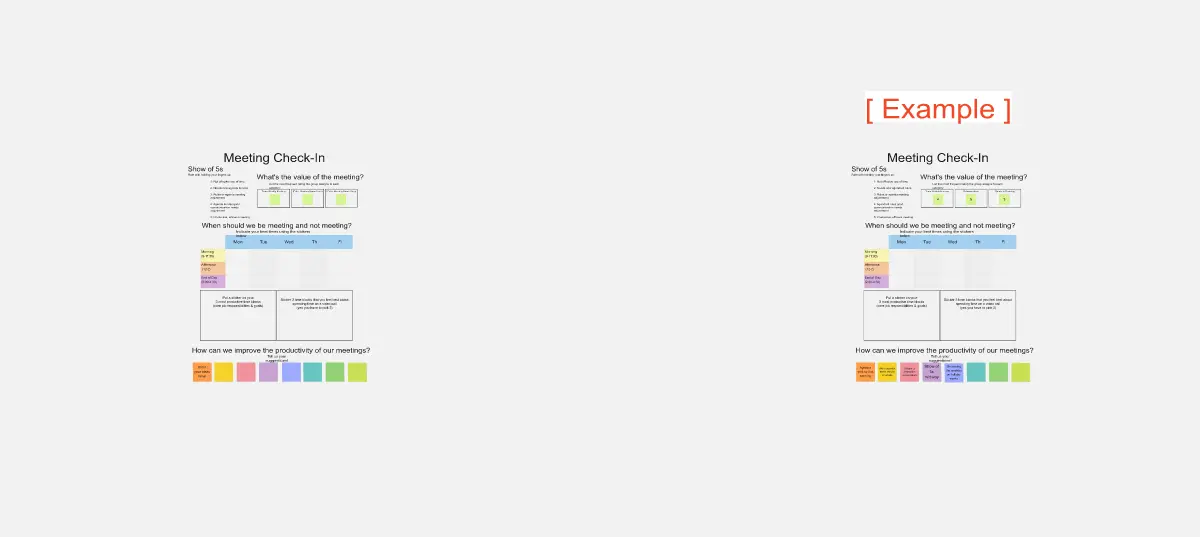
Risk Assessment Template
0 likes147 uses
Product Team Maturity Assessment
25 likes142 uses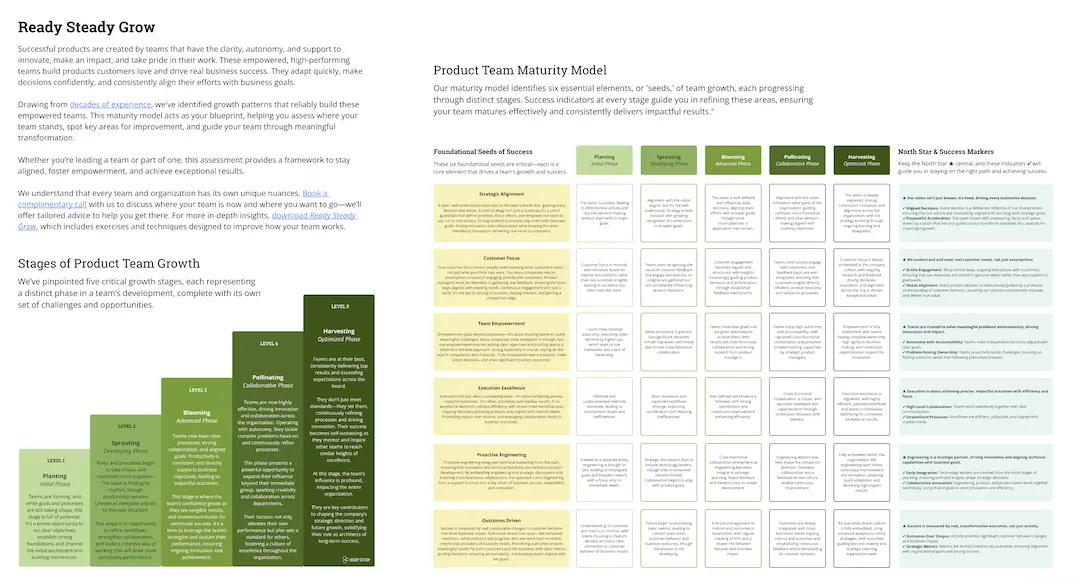
Designer Assessment
24 likes137 uses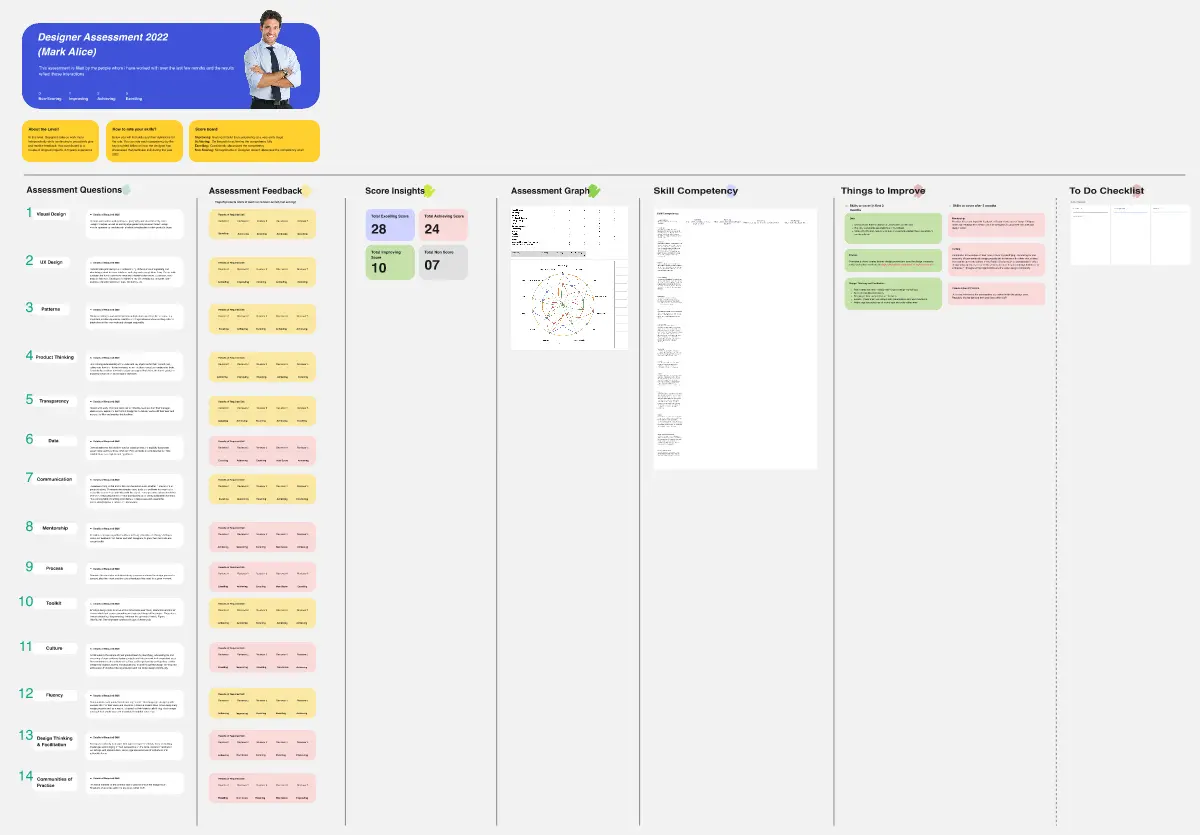
Agile Team Assessment
53 likes130 uses
Mixed Methods User Research Assessment
70 likes125 uses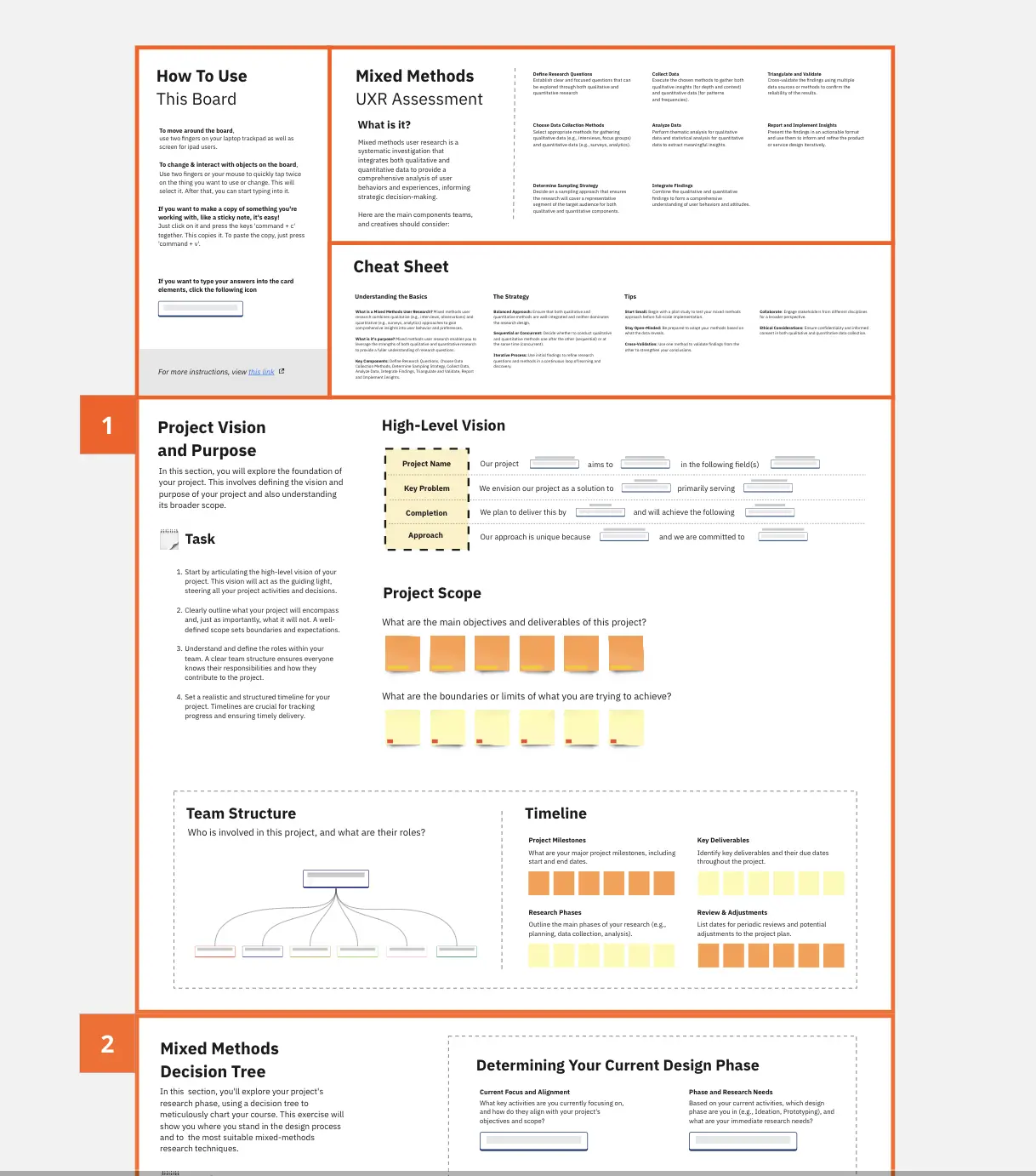
Business Development Scenarios Assessment
23 likes67 uses
Risk / Rewards of Change
22 likes64 uses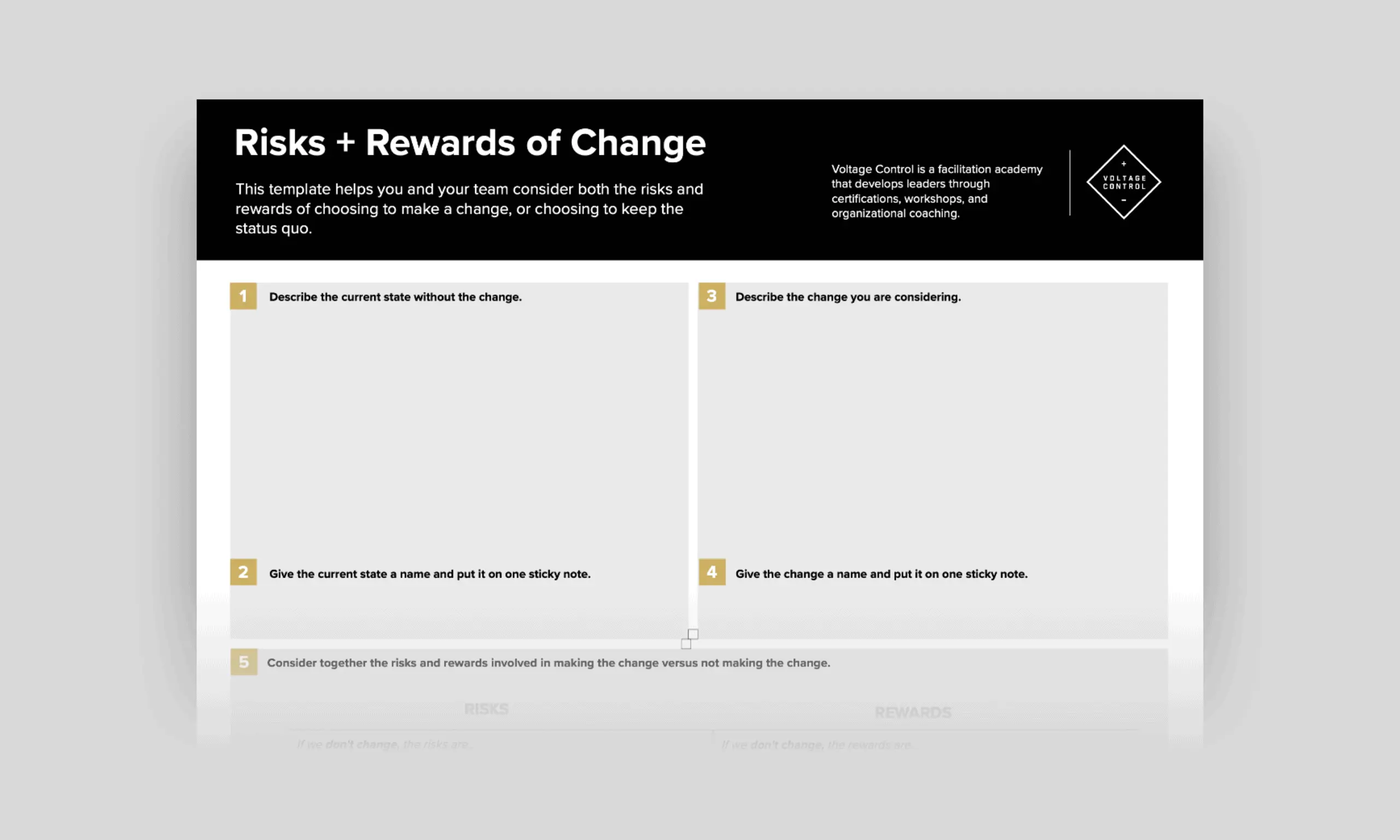
Assessment - Effective Value Streams
18 likes63 uses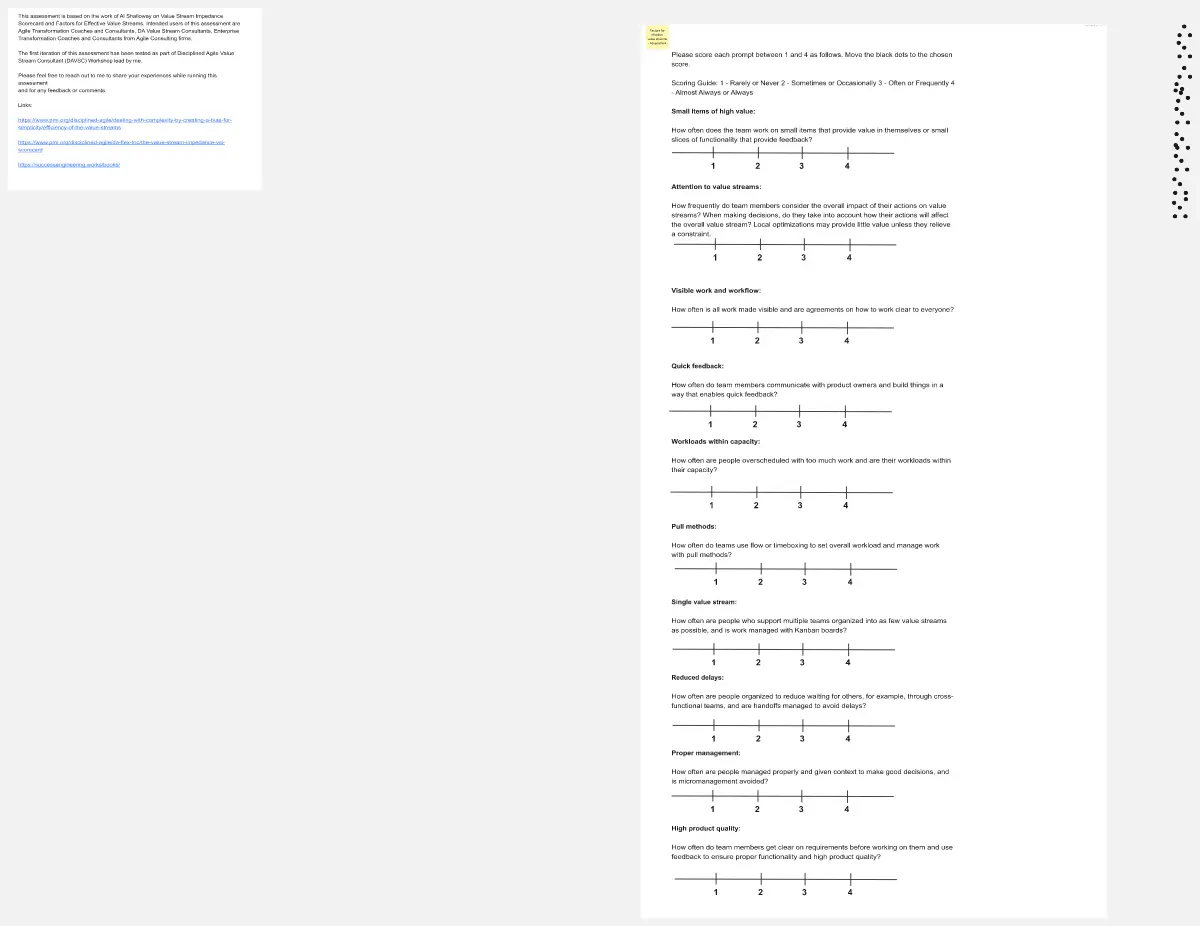
Identify and Mitigate Project Risks
10 likes59 uses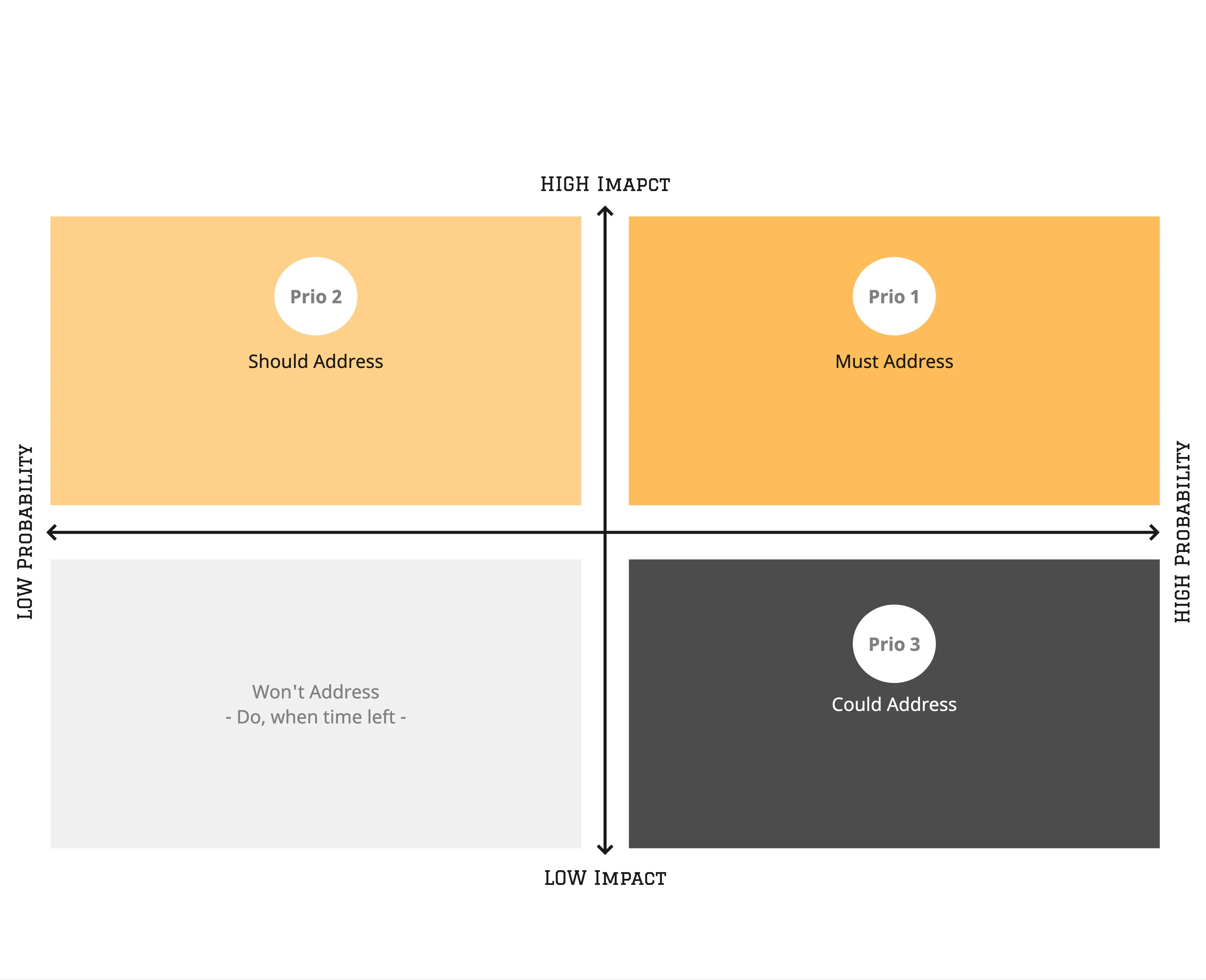
Risk Storming Deck
18 likes59 uses
Risk Management Planning
9 likes52 uses
5 Dysfunctions Team Assessment
16 likes48 uses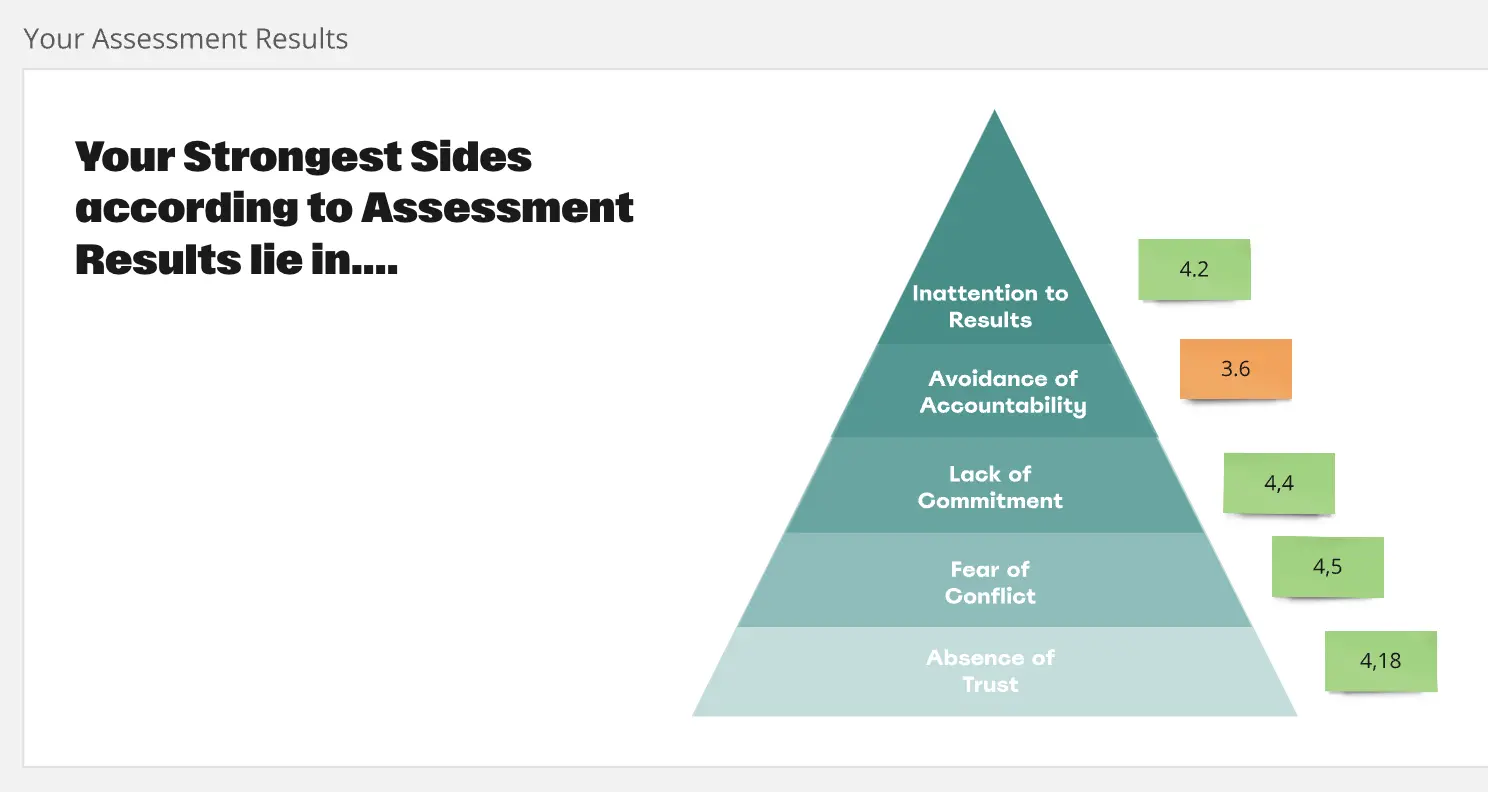
AI Risks Rewards and Responsibilities
11 likes47 uses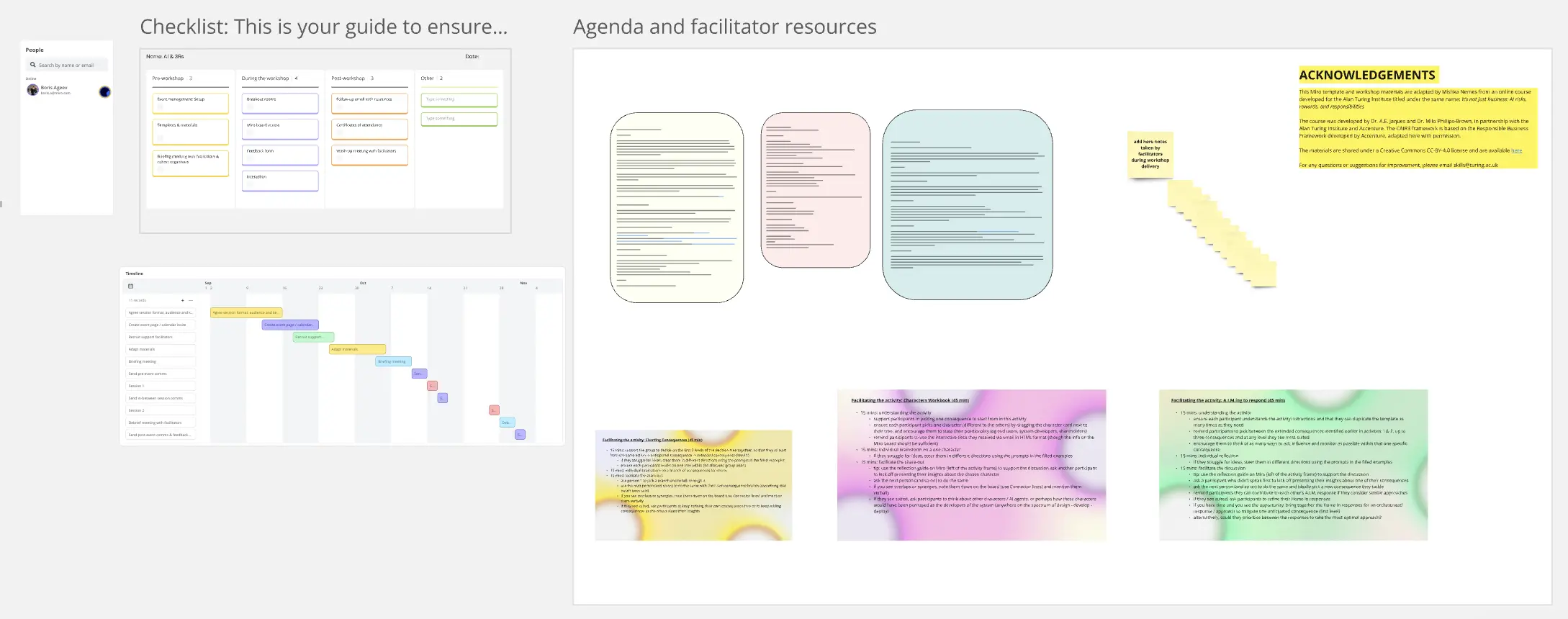
The Impact-Effort-Risk Matrix
6 likes40 uses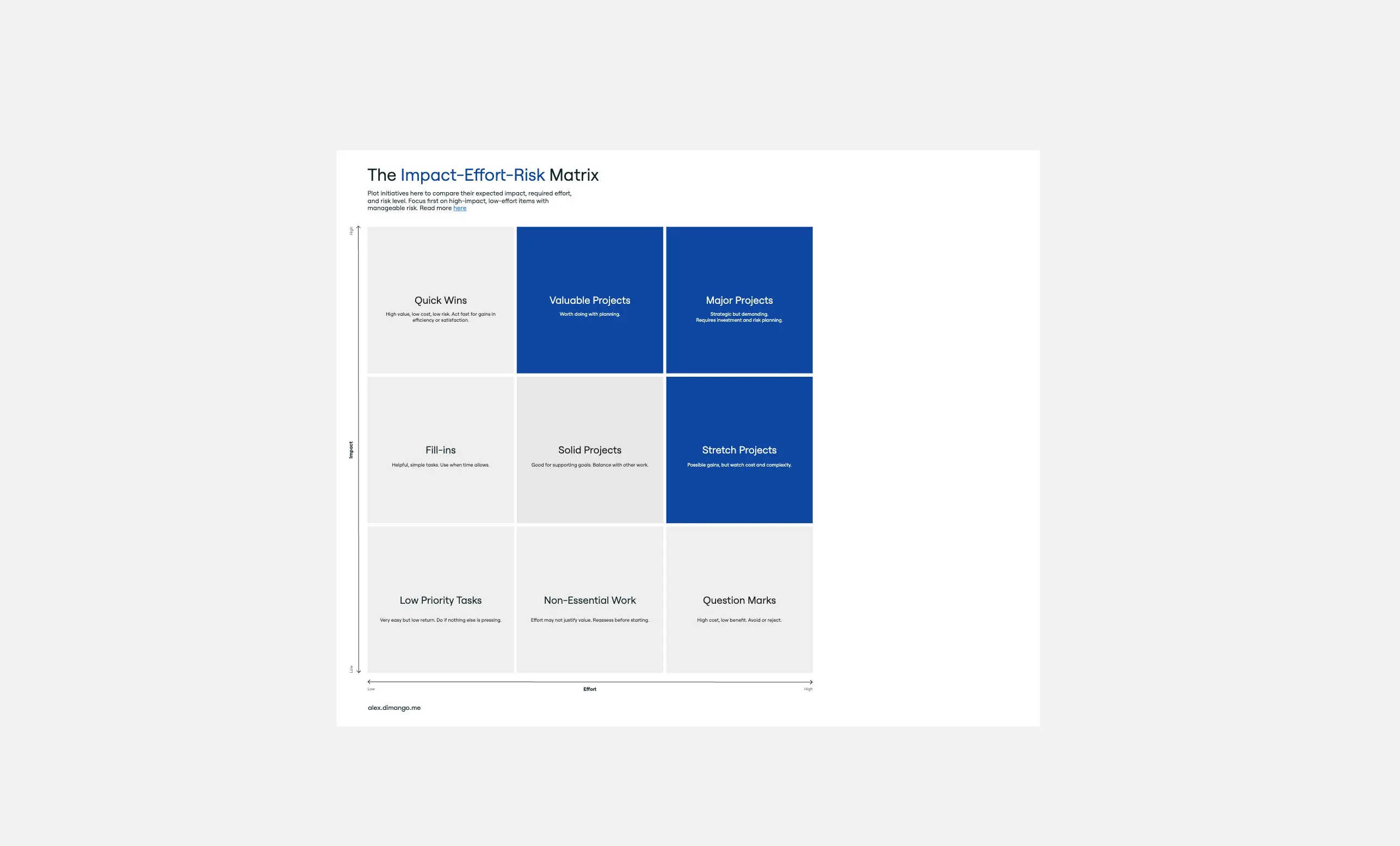
Manager Skills Assessment
10 likes33 uses
Fantasy Heroes - Team Setup / Assessment
5 likes16 uses
RAID Log Template
0 likes14 uses
DX Assessment
7 likes13 uses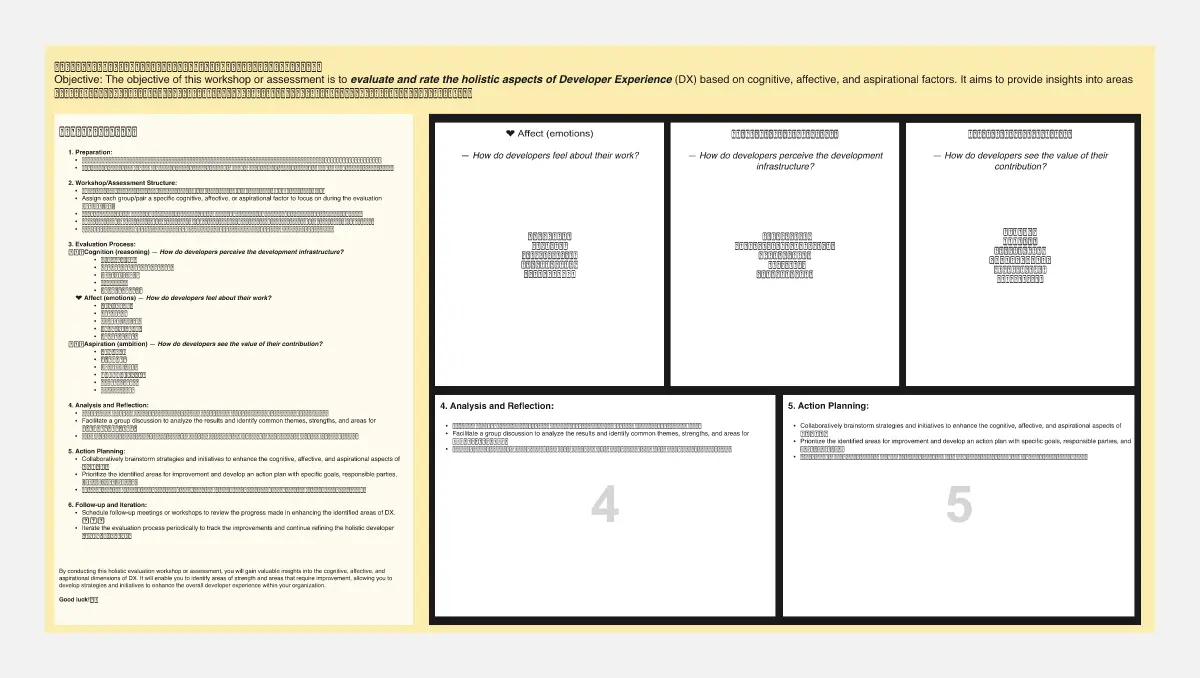
Explore more
Action PlanBusiness PlanBusiness PlanCalendarChange ManagementCompetitive AnalysisCost Benefit Analysis templatesDaily schedule templatesDecision MakingDecision MatrixGap AnalysisGoal Setting TemplatesMarket analysis templatesMarketing PlanMarketing StrategyOKR templatesWeekly PlannerPlanningPriority Matrix TemplatesProblem StatementProduct Roadmap Templates Product Strategy TemplatesProject CharterProject Tracking Project Tracking Requirements GatheringResource PlanningRoadmapSmart GoalsSocial Media PlanningStakeholder MapTimelineTo Do List Vertical TimelinesWhiteboardCustomer Journey Map
